The LEGO House
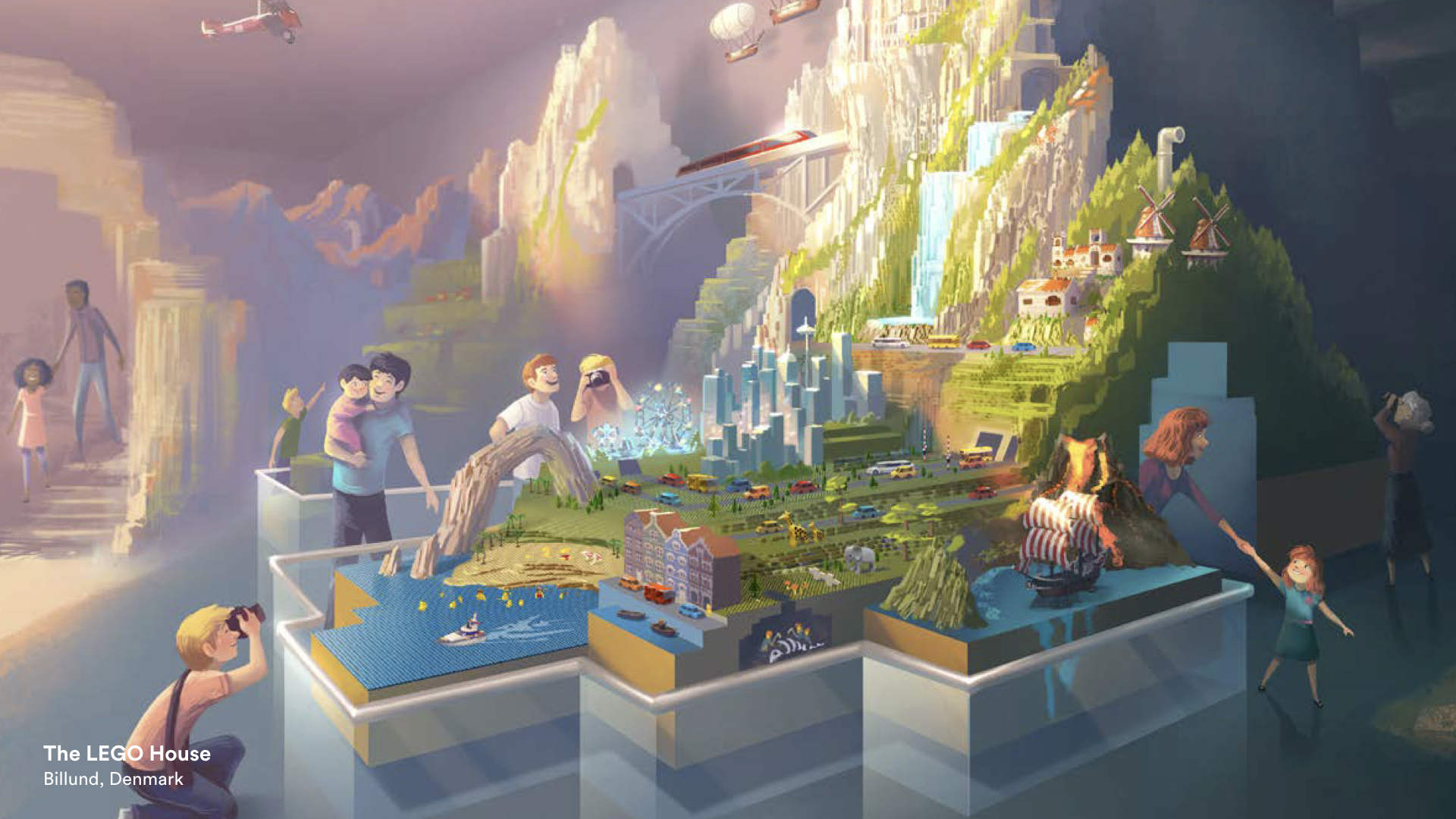
Concept art for the Story section of The LEGO House. The exhibit required excessive coordination to ensure that the design could easily be cleaned and updated. Consequently, my role functionally became an urban planner, to ensure that the three sections of the exhibit: Town, City, and Island, were coherent designs.
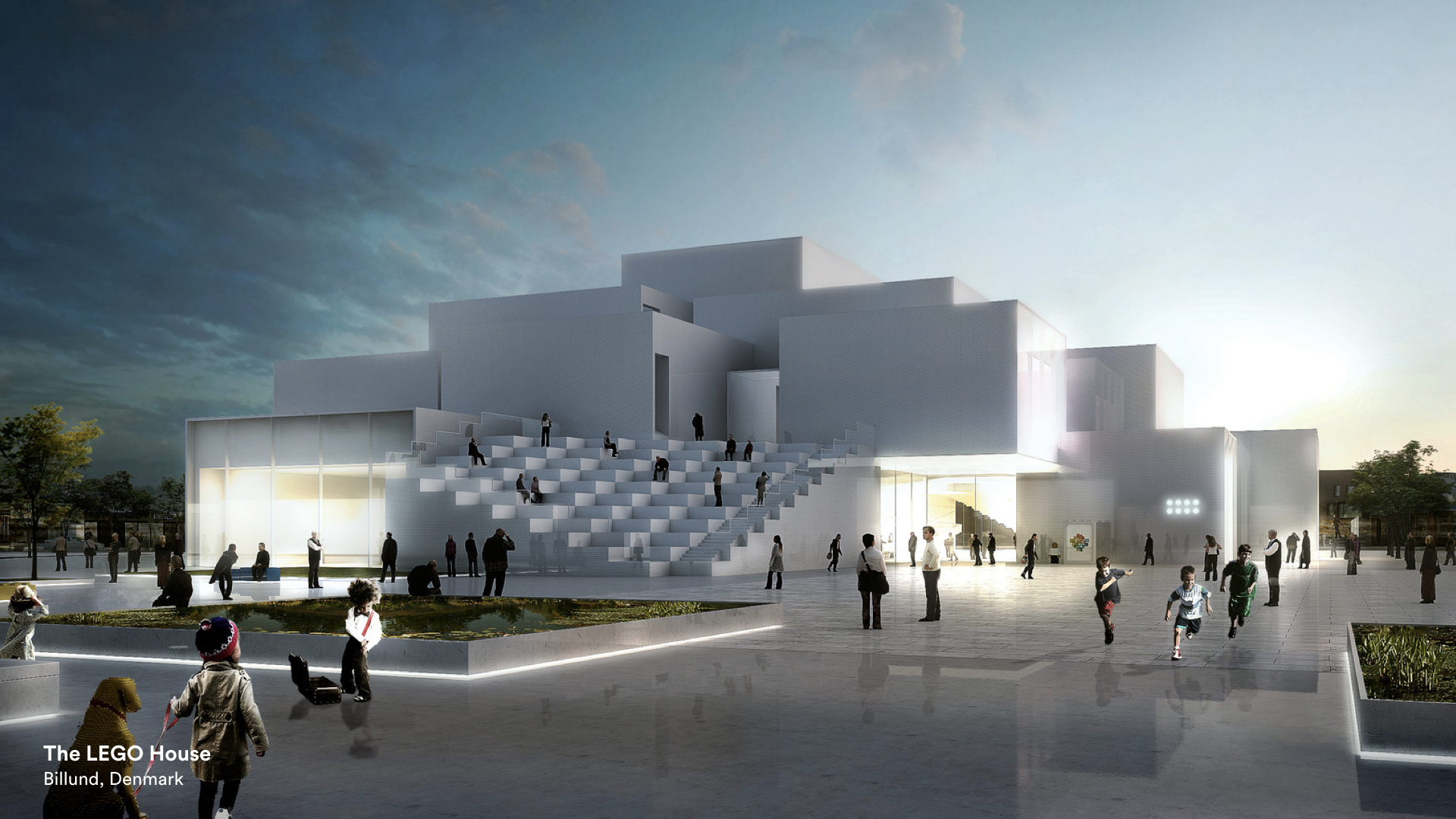
In Billund, Denmark—the birthplace of LEGO—Kjeld Kirk Kristiansen, the third-generation owner of the world’s most iconic toy, had a vision to build a permanent home for the brick. The intention of the LEGO House was to ensure that the soul of the company had a physical manifestation. Through a 12-month global design competition, RAA was selected to design the exhibitions and interactives alongside Bjarke Ingels, the building’s architect.
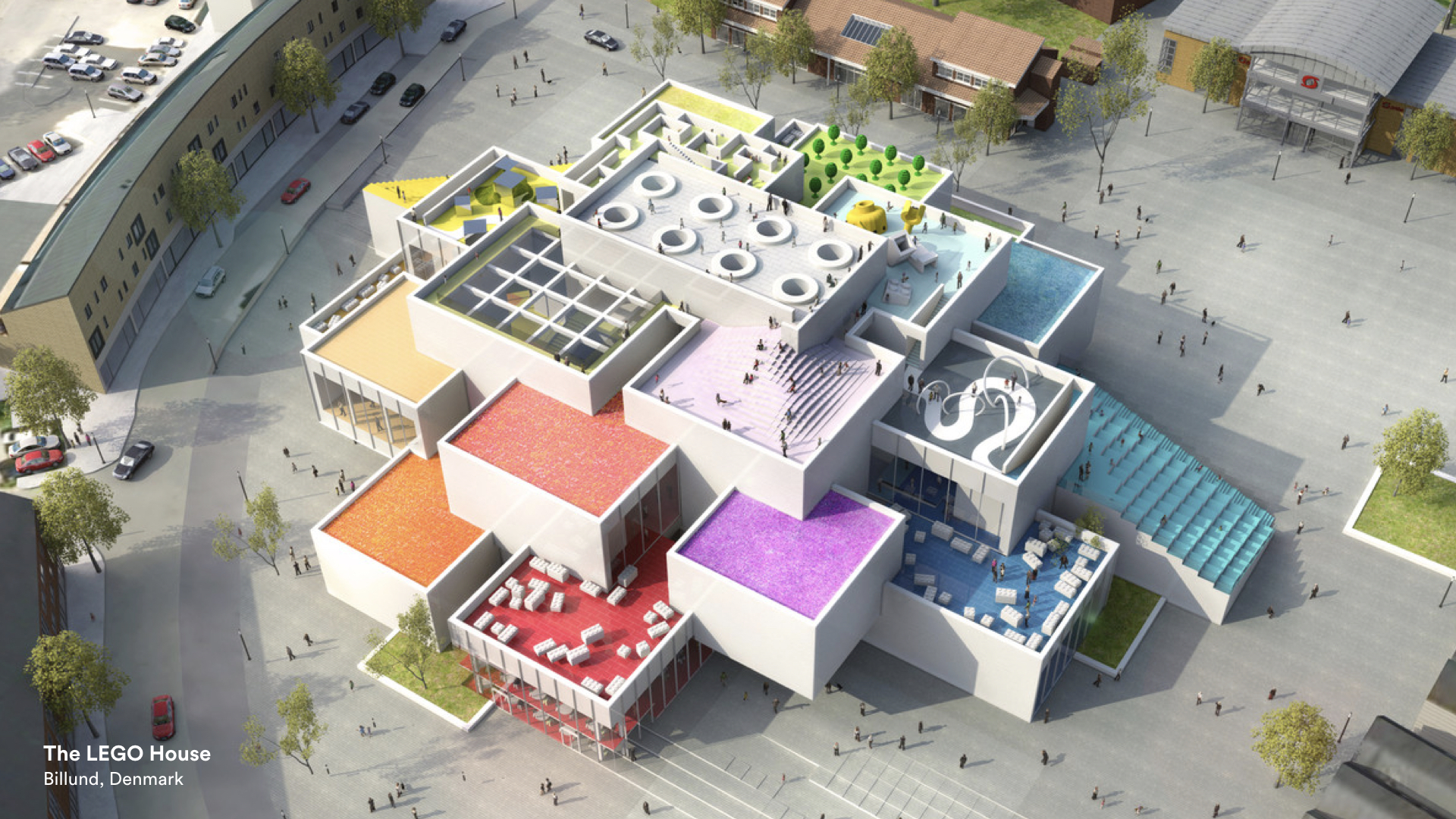
Rendering. The vision for the House was to create a public installation that could function as the heart of the city. The design permitted visitors to scale the exterior of the building and enter the building’s lobby without purchasing a ticket to the House. This public generosity was consistent with Billund’s commitment to be the “Capital of Children”.

The building was divided into four different play areas, which focused on each aspect of LEGO play. The exterior of the building reflected this segmentation as well.
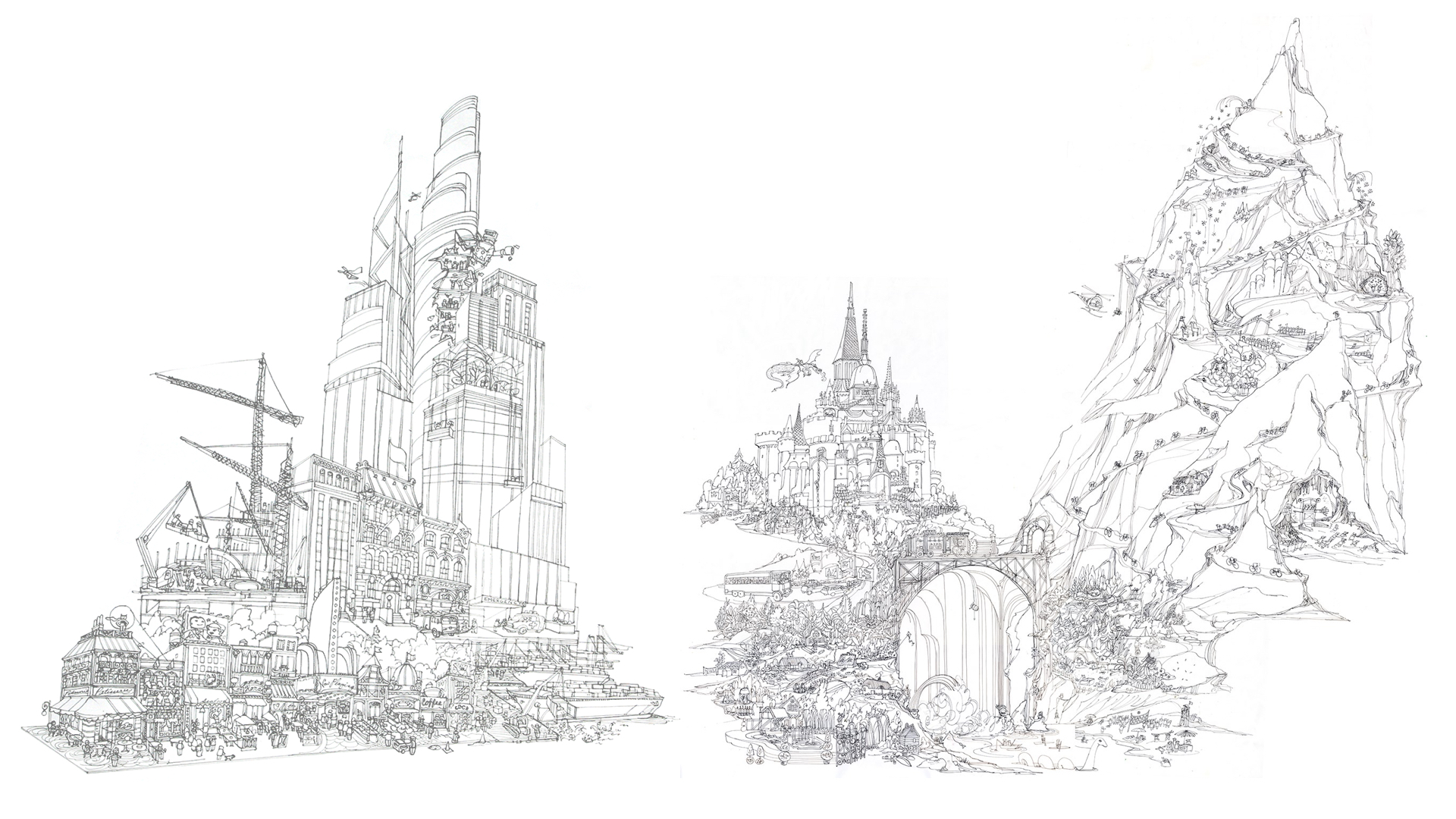
I worked closely with Veronica Lawlor on this concept art, which at actual size measures over 7’ tall. These pieces became the templates for building the World Explorer’s final design. They won a gold medal from the Society of Illustrators.
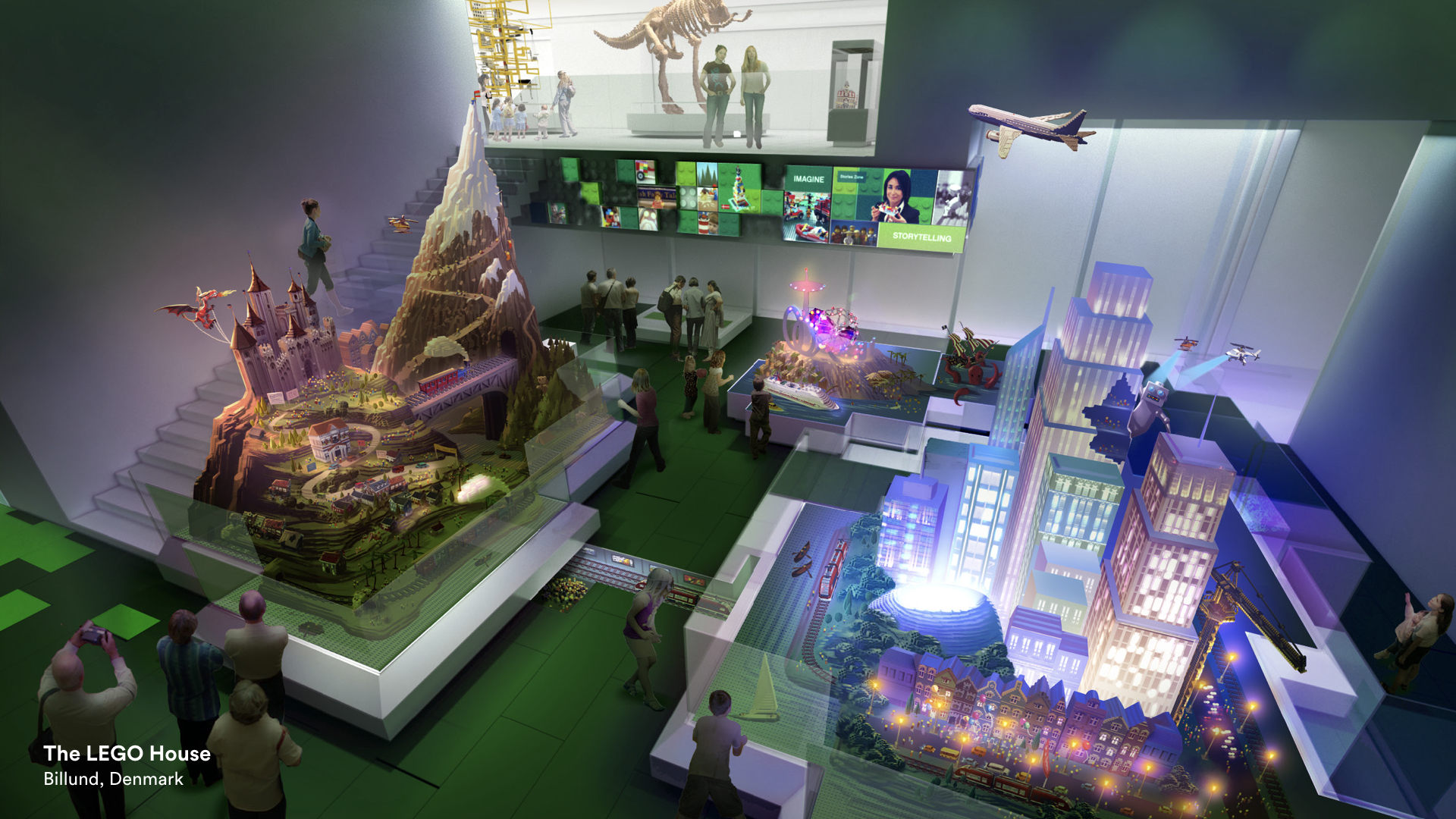
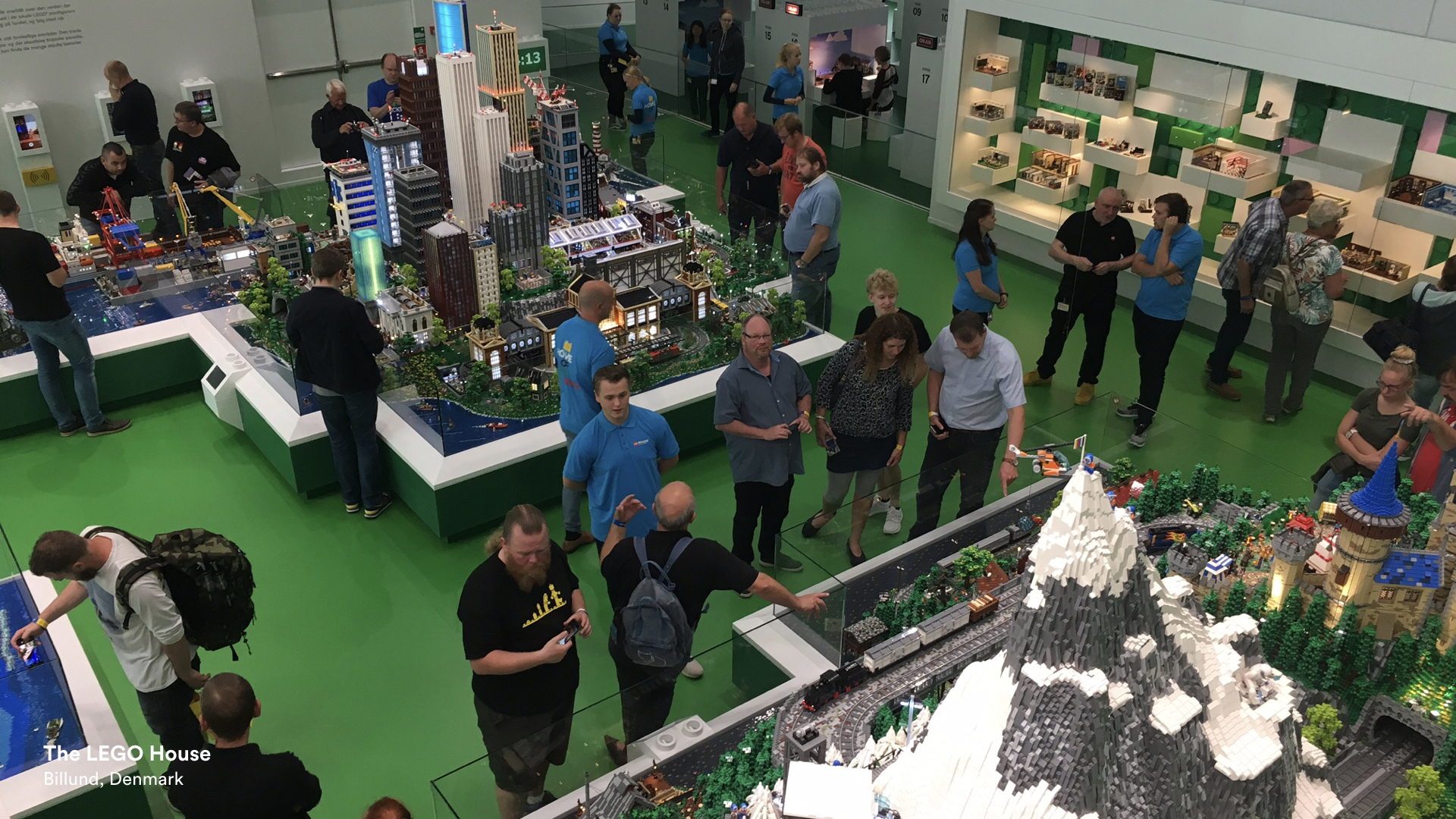
For over two years, including private consultation, I flew to Kladno, Czechia to supervise the construction of the diorama. The entire exhibit was constructed in proprietary LEGO software known as BrickBuilder, before being sent into production.


We also held the contract for The LEGO House identity and style guide. One of my favorite additions was the approach of dropping LEGO into unexpected places all over Billund. In this example, a rather crudely designed rocketship is “parked” amongst visitors’ real cars.

Print campaigns were a part of the broader communications strategy for The House. The focus of the campaign was to surround LEGO fans with their own creations, each creating a LEGO world within the white box of the LEGO House.

At the top of The LEGO House, the building’s keystone houses the Masterpiece Gallery, home to some of the world’s most ambitious LEGO creations, all created by the worldwide community of fans.

All of the LEGO House signage was modeled off of the proportions and materiality of SNOT (studs not on top) bricks. The modular approach ensured that the wayfinding can be easily updated.

The Art Zone invited builders of all ages to create whatever their hearts desired in a space that visually communicated the vastness of possibilities with the Brick. I designed the waterfall (pictured), which is currently the largest LEGO sculpture in the world.